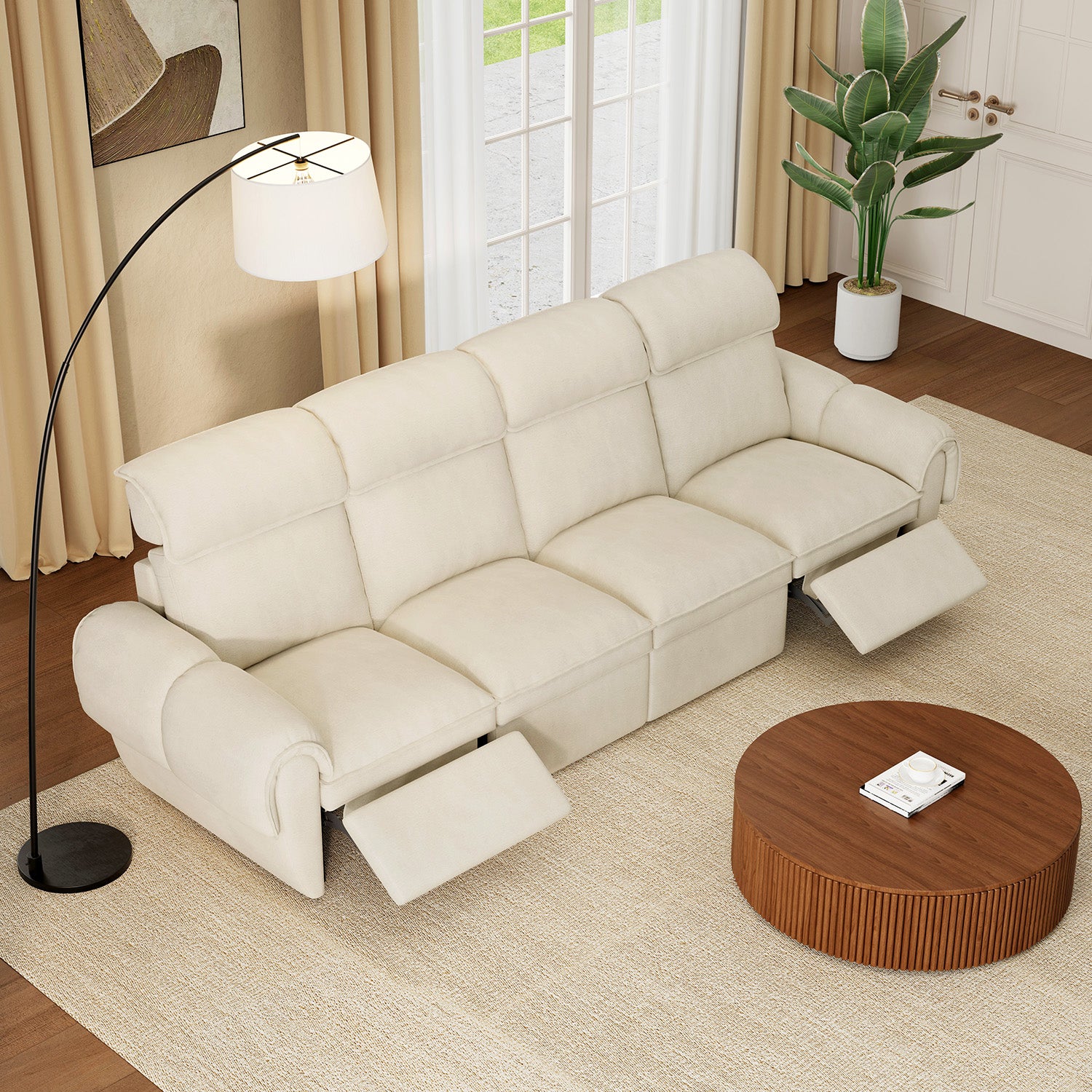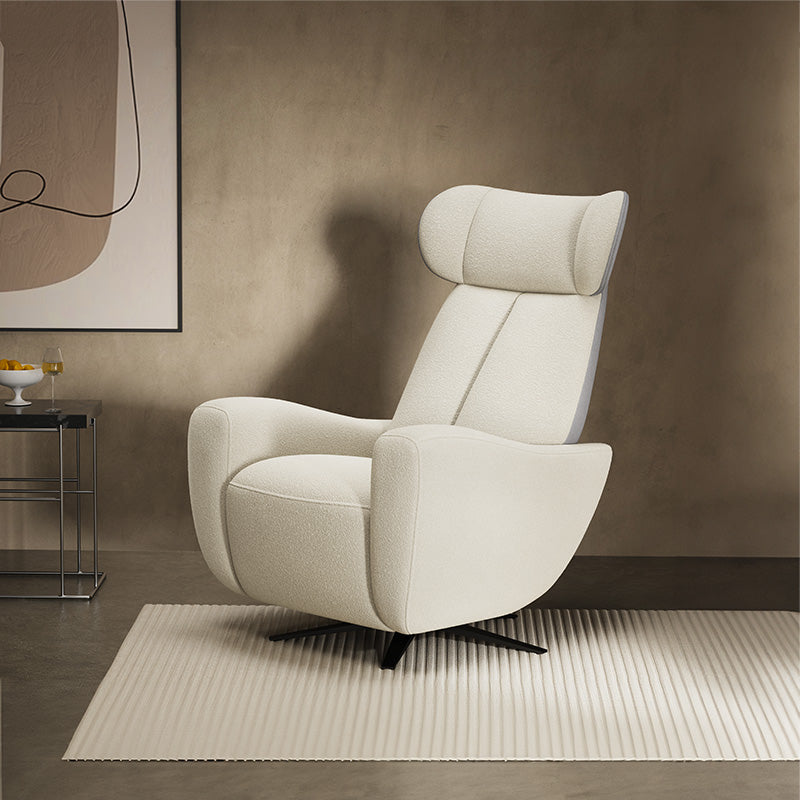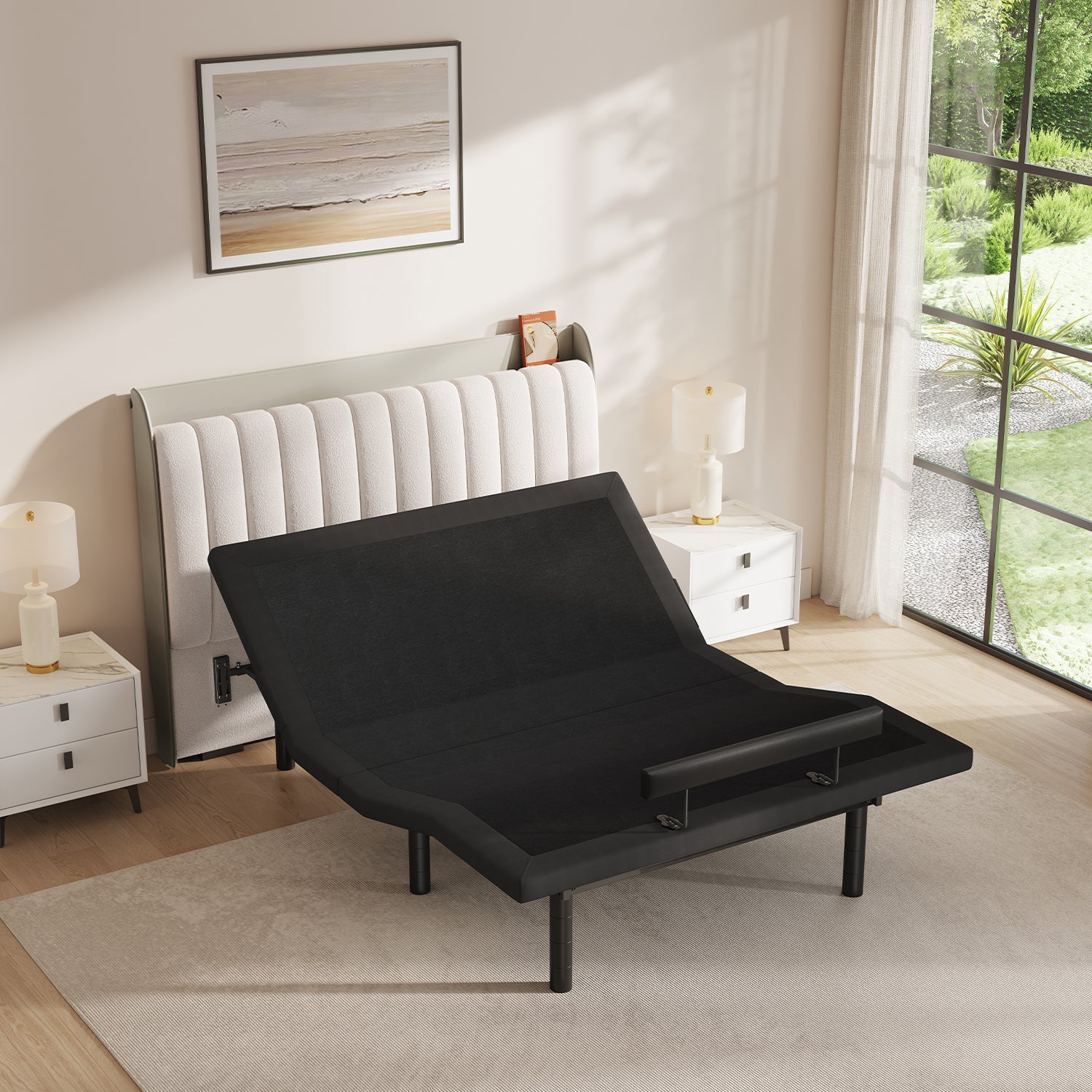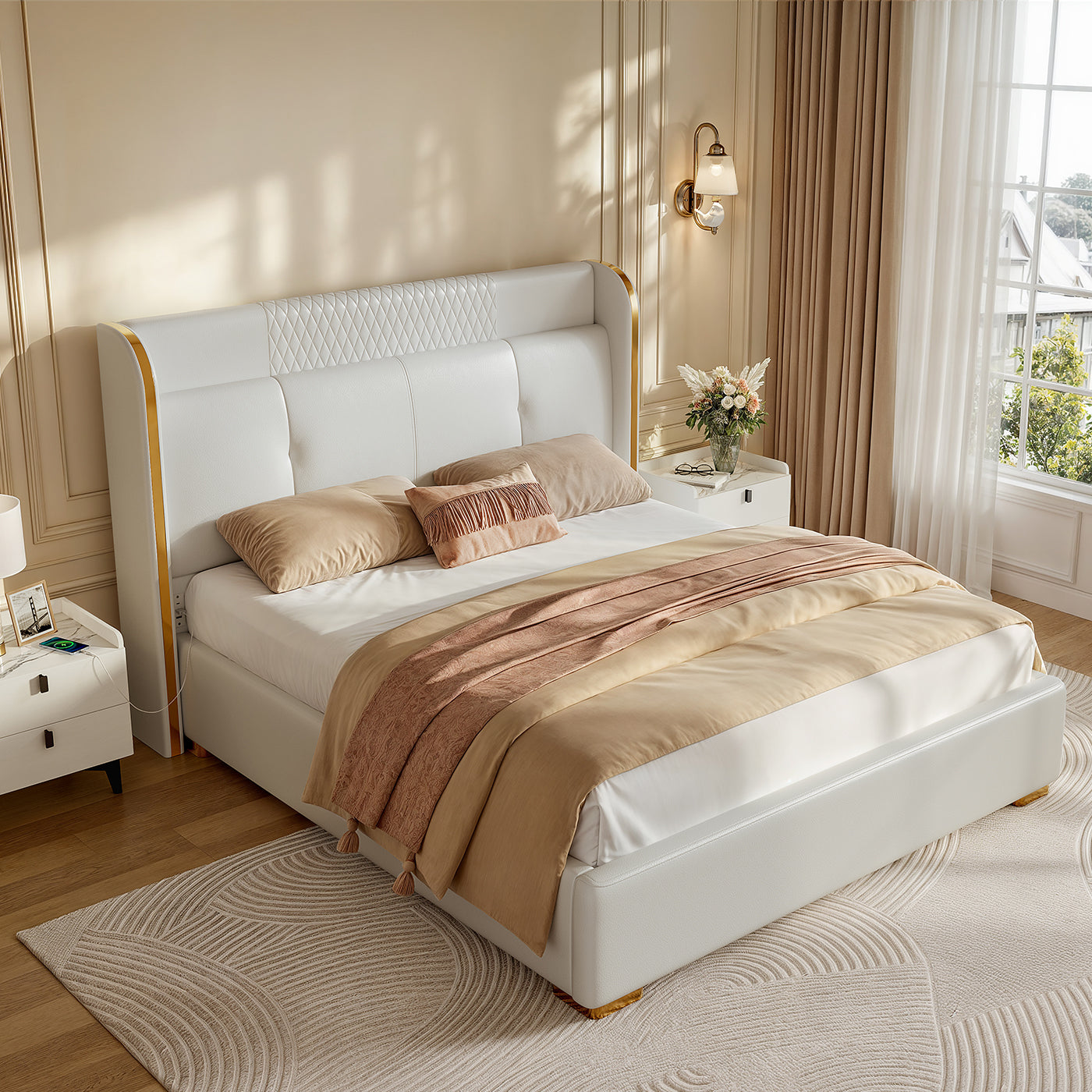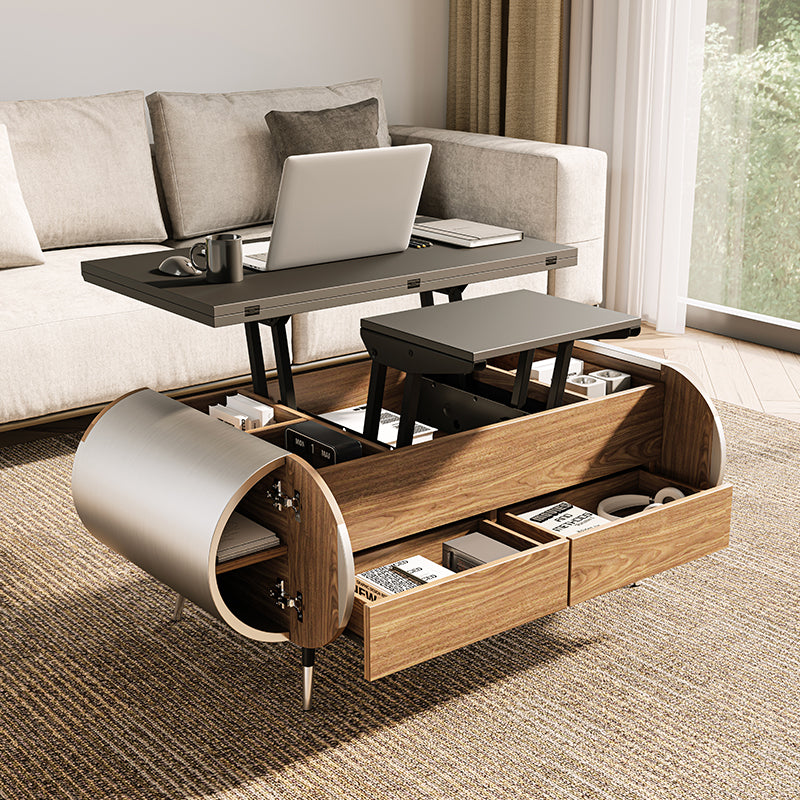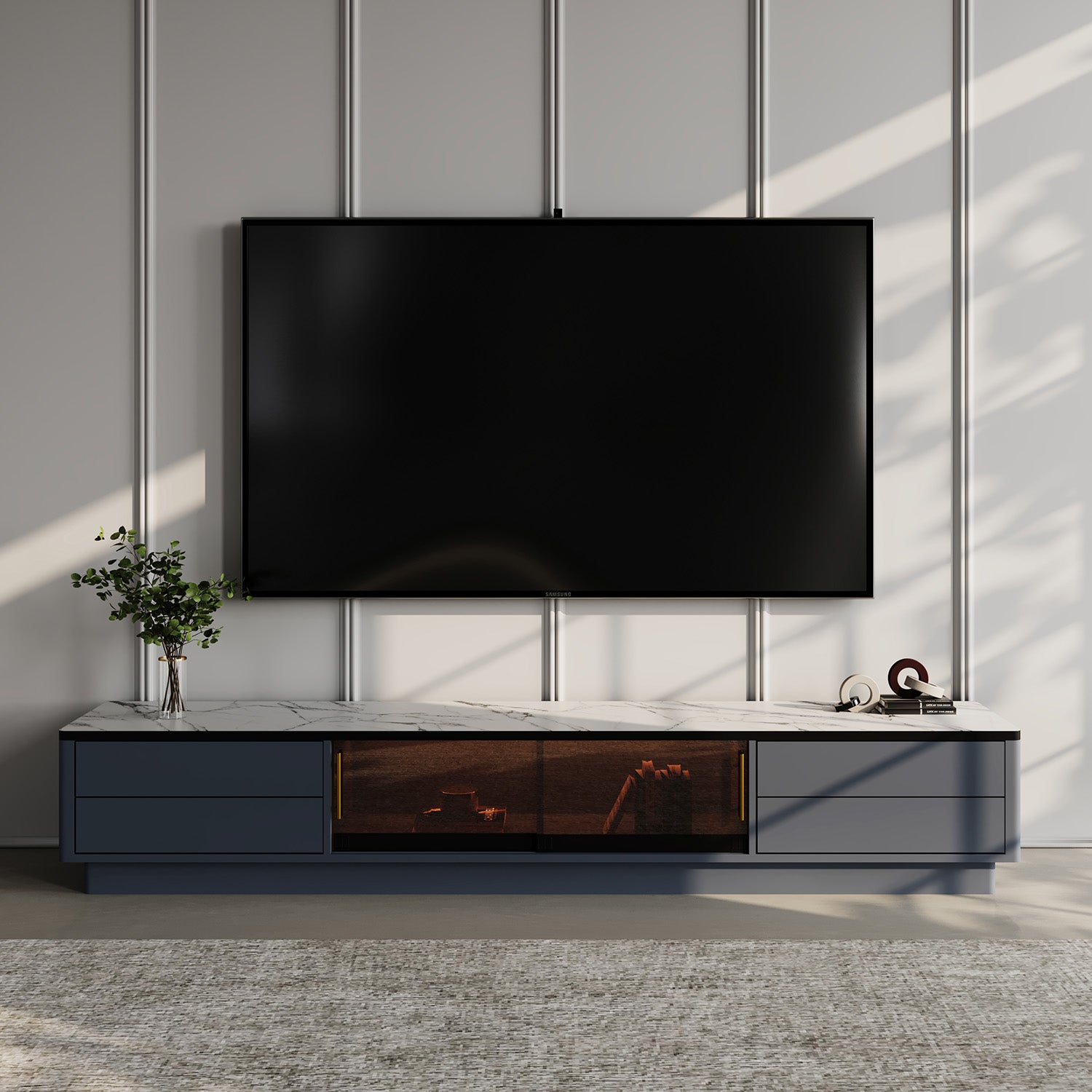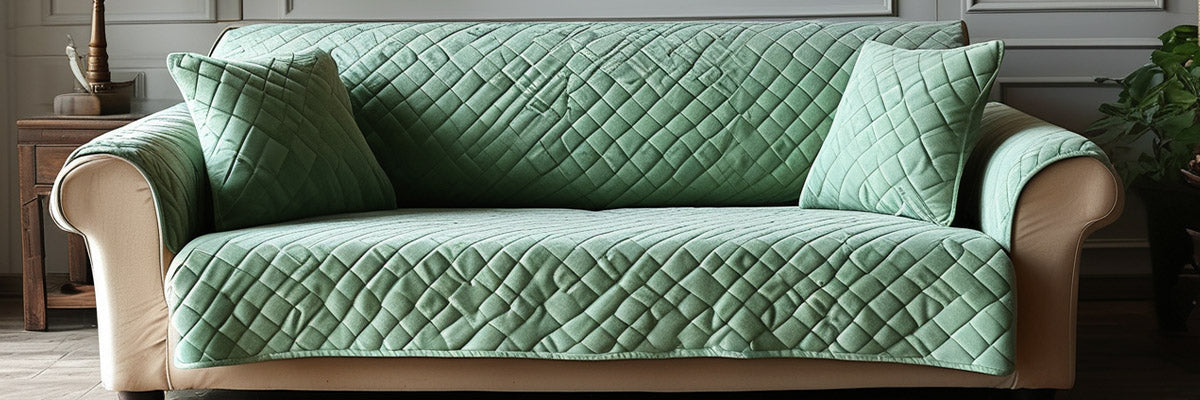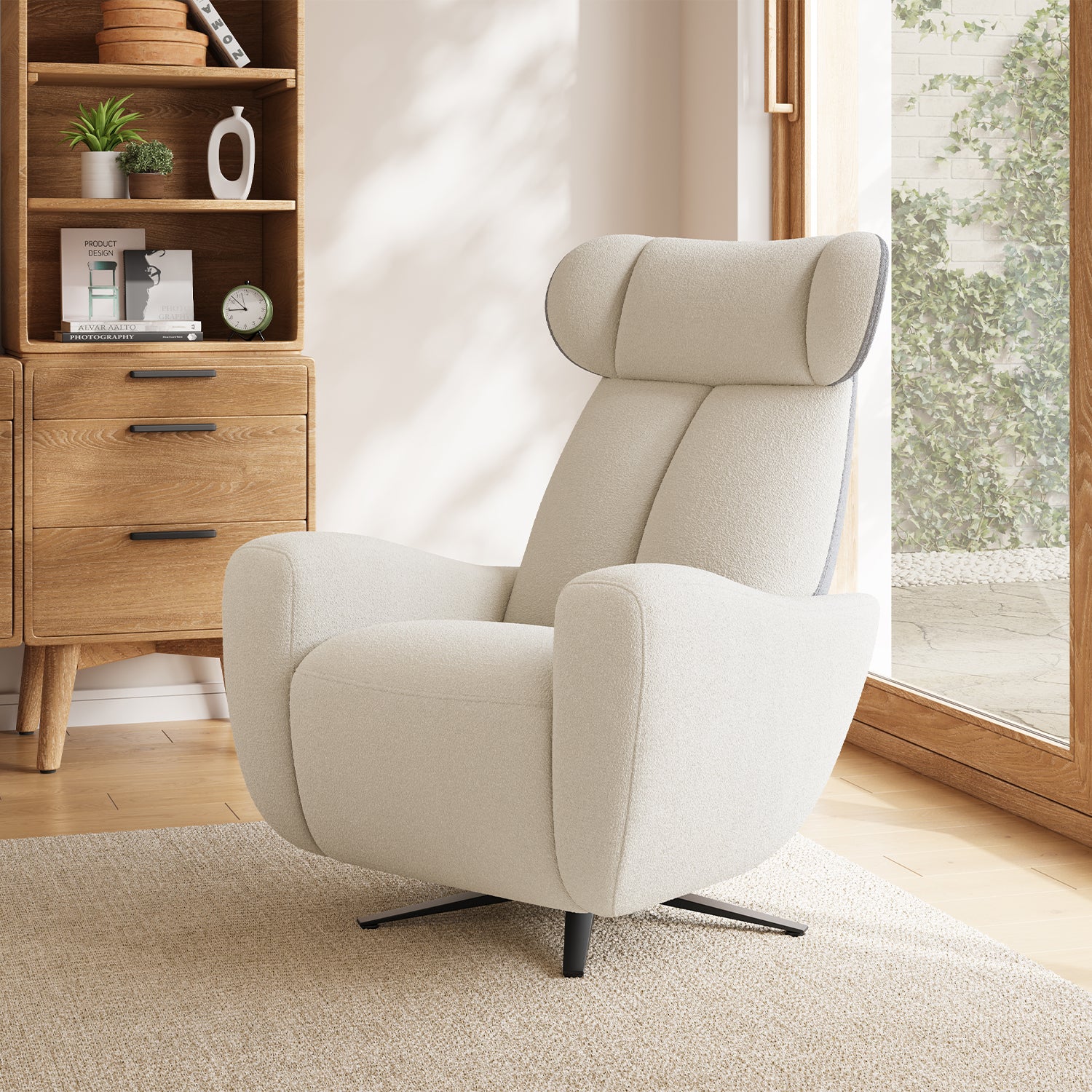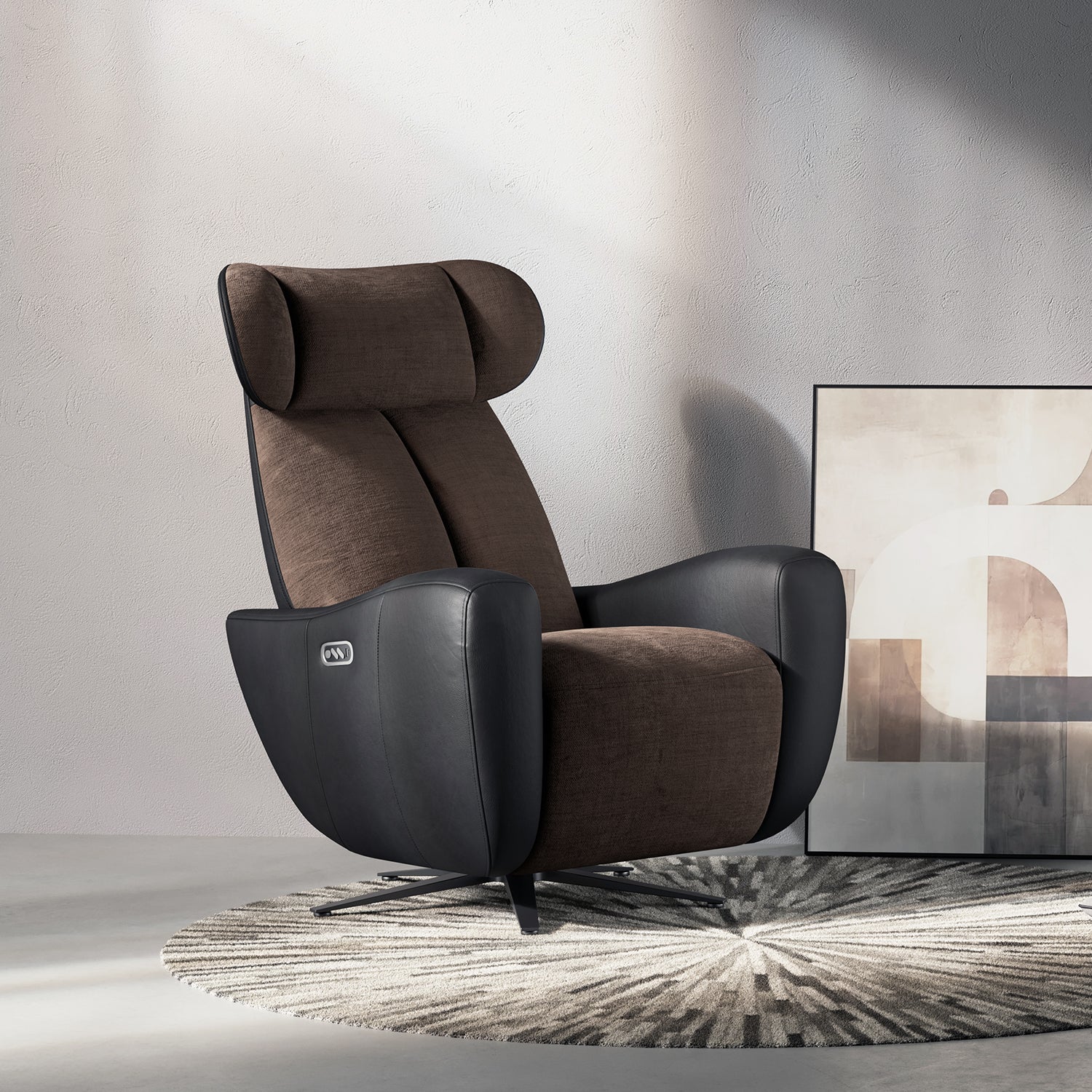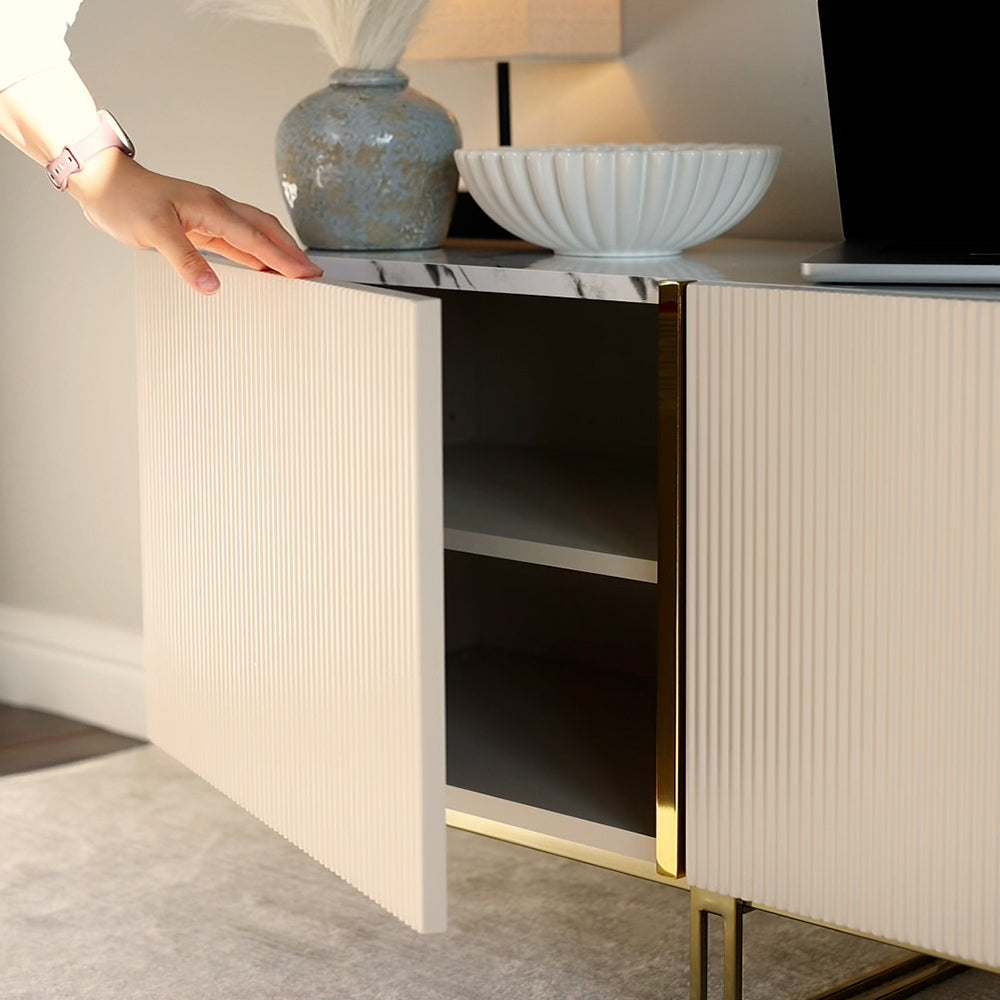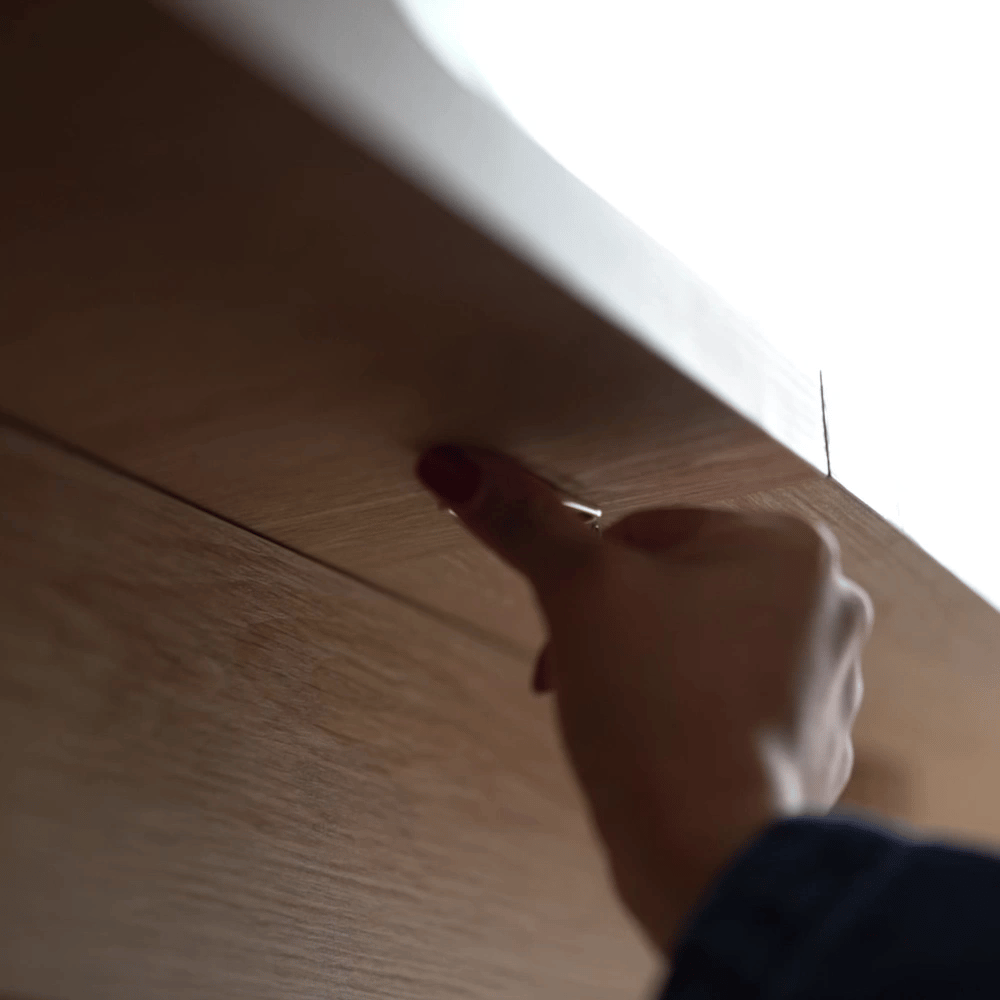Sofa covers are a fantastic way to protect your furniture, refresh its appearance, and add a personal touch to your home décor. Store-bought options may not always fit your style or budget, but the good news is that you can make custom sofa covers at home! Whether you're an experienced DIY enthusiast or a beginner, crafting your sofa covers can be a rewarding project. This guide will walk you through the process, from choosing materials to creating a snug fit.
Table of Content
Benefits of Making Your Own Sofa Covers
1. Cost-Effective:
Save money by creating custom covers instead of buying new furniture.
2. Personalization:
Choose fabrics, patterns, and colors that perfectly match your décor.
3. Eco-Friendly:
Extend the life of your sofa by protecting it from wear and tear.
4. Flexibility:
Tailor the fit to your specific furniture, ensuring a polished look.
Materials and Tools You'll Need
Before you begin, gather the following:
- Fabric:
Choose a durable material like cotton, canvas, denim, or a polyester blend. For a stretchy fit, consider spandex or jersey knit.
- Measuring Tape:
To ensure precise measurements.
- Pins or Clips:
For holding fabric in place while sewing.
- Scissors:
Use sharp fabric scissors for clean cuts.
- Sewing Machine or Needle and Thread:
A sewing machine speeds up the process, but hand sewing works for small projects.
- Elastic or Velcro Strips:
Optional, for a snug fit.
- Chalk or Fabric Marker:
For marking measurements.
- Iron:
To smooth fabric and seams.
Step 1: Measure Your Sofa
Start by measuring your sofa to determine how much fabric you'll need. Key areas to measure include:
- Length:
From one armrest to the other.
- Depth:
From the backrest to the front edge of the seat.
- Height:
From the base to the top of the backrest.
- Armrests:
Measure each armrest's length, width, and height.
Add extra inches to each measurement for seam allowances and to ensure the fabric covers the sofa comfortably.
Step 2: Choose Your Fabric

Select a fabric that matches your needs:
- Durable Fabrics:
Ideal for high-traffic areas or homes with pets and kids.
- Washable Fabrics:
Easy to clean and maintain.
- Stretchy Fabrics:
Easier to fit and adjust to your sofa’s shape.
Choose colors or patterns that complement your room's décor. For added flair, consider reversible fabrics or patterned accents.
Step 3: Cut the Fabric
Lay the fabric flat on a large surface and mark the measurements using chalk or a fabric marker. Cut out the pieces needed for the:
- Seat area.
- Backrest.
- Armrests.
- Skirt (if you want the cover to extend to the floor).
For a sectional or irregularly shaped sofa, cut separate pieces for each section.
Step 4: Assemble and Pin
Drape the fabric pieces over the corresponding parts of your sofa. Use pins or clips to hold the fabric in place, ensuring it aligns properly and covers all areas. For corners or curves, fold and pin the fabric to create a tailored fit.
Step 5: Sew the Pieces Together
Sew the pinned edges together using a sewing machine or by hand. Follow these tips for a polished finish:
- Start Small:
Begin with one section, such as the backrest, and work your way around.
- Reinforce Seams:
Use double stitching or a zigzag stitch for added durability.
- Trim Excess Fabric:
After sewing, cut away extra fabric to reduce bulk.
If using elastic or Velcro strips for a snug fit, sew them along the bottom edges.

Step 6: Test the Fit
Once all pieces are sewn, place the cover on the sofa to check the fit. Make adjustments if necessary, such as tightening seams or reshaping corners.
Step 7: Add Finishing Touches
For a professional look, consider:
- Hemmed Edges:
Fold and sew raw edges to prevent fraying.
- Decorative Elements:
Add piping, buttons, or fabric ties for extra style.
- Ironing:
Press the cover with an iron to smooth seams and enhance the overall appearance.
Optional Tips for Advanced Covers
1. Zippers or Buttons:
Install closures for removable sections, making cleaning easier.
2. Quilting or Padding:
Add a layer of batting between the fabric layers for a cozier feel.
3. Reversible Covers:
Use double-sided fabric for two design options in one.
Maintenance and Care
To keep your sofa covers looking fresh:
- Wash Regularly:
Machine wash or hand wash according to the fabric's care instructions.
- Spot Clean:
Address stains promptly to prevent them from setting.
- Rotate Covers: If you’ve made multiple covers, rotate them for even wear.
8. Conclusion
Creating custom sofa covers at home is a rewarding project that combines creativity, practicality, and affordability. With a bit of planning and effort, you can transform your sofa into a stylish and protected centerpiece that reflects your personal taste. Whether you're refreshing your living space or preserving a beloved piece of furniture, homemade sofa covers are a practical and satisfying solution.
So grab your tools, pick your favorite fabric, and get started on a project that will bring comfort and style to your home for years to come!
If you want to buy our home furniture or couch for living room, you can check out more on our store



